Plant Lovers' Almanac: Spring will soon serve up edible plants
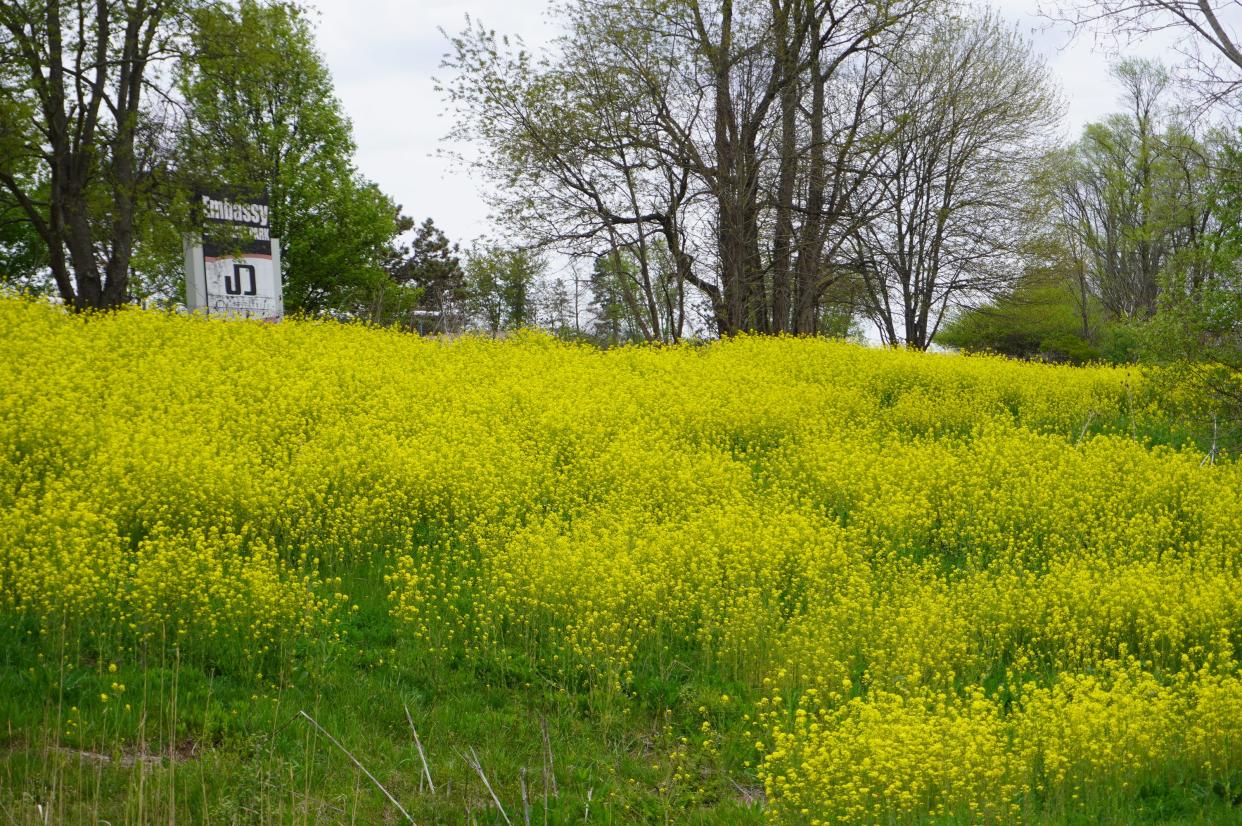
The lusty month of May is in full bloom now as the greening of Northeast Ohio proceeds apace. Azaleas are blooming in all their brightness, there is plenty of soil moisture from recent weeks of rain, yellow mustards brighten the roadsides and lilacs scent the air. Peony buds attract ant visitors, certain ornamental alliums show their lavender blooms, golden larch needles gracefully emerge, and “Flamingo” box elder takes colorful flight.
Though we are in the presage to the harvests at the end of the season's cycles, let’s talk a bit now about some of the many edible landscape plants we will enjoy later.
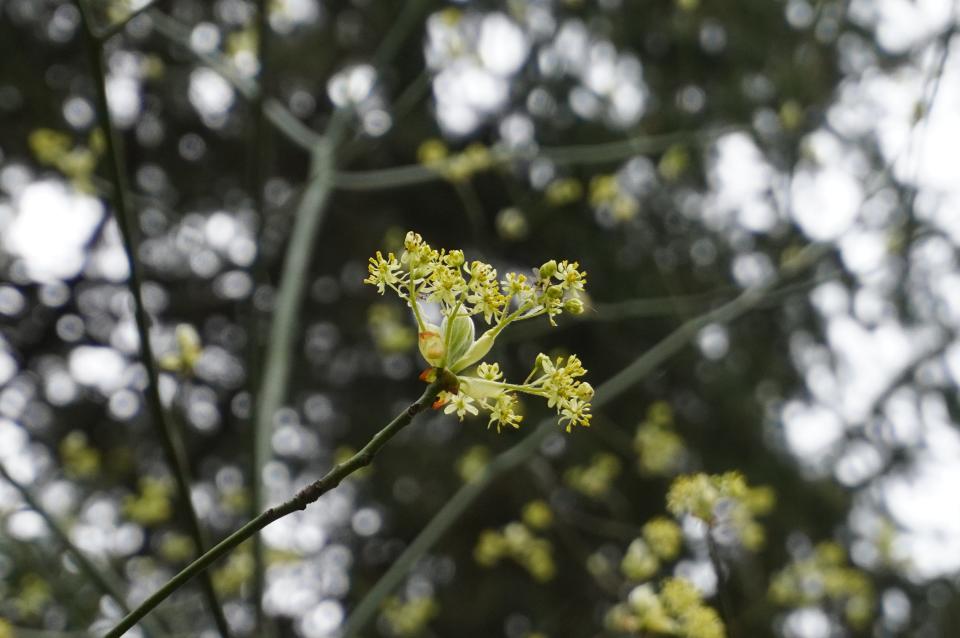
Sassafras
Sassafras albidum is our native sassafras tree (there are two Asian species and one extinct species, known only from the fossil record).
First, sassafras comes to mind right now because of its cheery chartreuse-yellow flowers, oft not noticed as they come out before the entire, two-lobed or three-lobed, leaves. It is, however, a real treat to see these dioecious flowers (male and female flowers on separate trees) illuminated by sunlight.
Second, the use of bark to extract sassafras oil and for flavoring root beer-like tea is now defunct because safrole and other sassafras chemicals have been implicated as liver toxins and carcinogens. But there is a safrole-free component of sassafras that is used culinarily: young leaves. These are harvested to produce filé powder, an emulsifier, most notably for filé gumbo, as opposed to gumbo thickened with okra.
(Check out a true original, Hank Williams Sr. and his filé shoutout song, “Jambalaya (On The Bayou).” We have a grove of sassafras trees in our backyard, so shall soon be checking recipes for filé powder. Me-oh my-oh.)
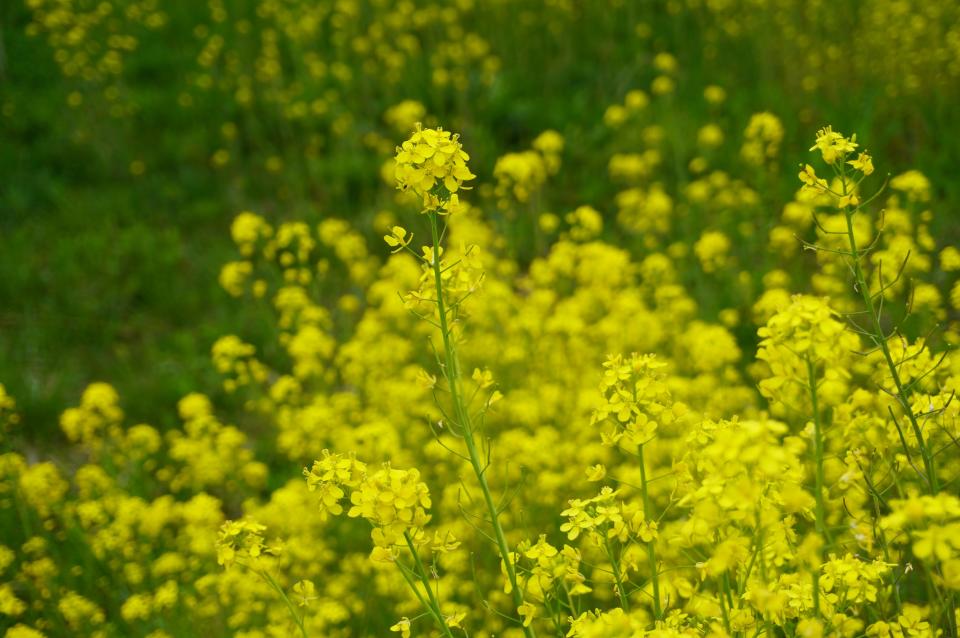
Mustard
What is that bright yellow flower, with masses of them along the highways and in fields? Such bright yellow it makes your eyes hurt. But of course, it is one of the wild mustards. The mustard family (Brassicaceae) has many common plants, including species used to make ballpark mustard and mustard seed spices. Other plants in the family range from Brassica oleracea, which give us cultivars that include broccoli, cauliflower, Brussels sprouts, cabbage and kale.
Wildflowers in the mustard family include cut-leaved toothwort, just finishing its woodland reign for the spring, and weeds such as garlic mustard and dame’s rocket.
Plants in the family have four petals with six pollen-bearing stamens, two pairs of tall stamens across from shorter single stamens, all of which provide a cross-like pattern that earns them the name of “crucifers.”
Purple and pink and white dame’s rockets, soon to emerge, are often misidentified along roadsides as phlox, but that is another flower altogether in a different family. How can you tell? Phlox has five petals, mustards have four. But the most visible mustard right now is that bright yellow wild mustard, as sunny as the weather most of this week.
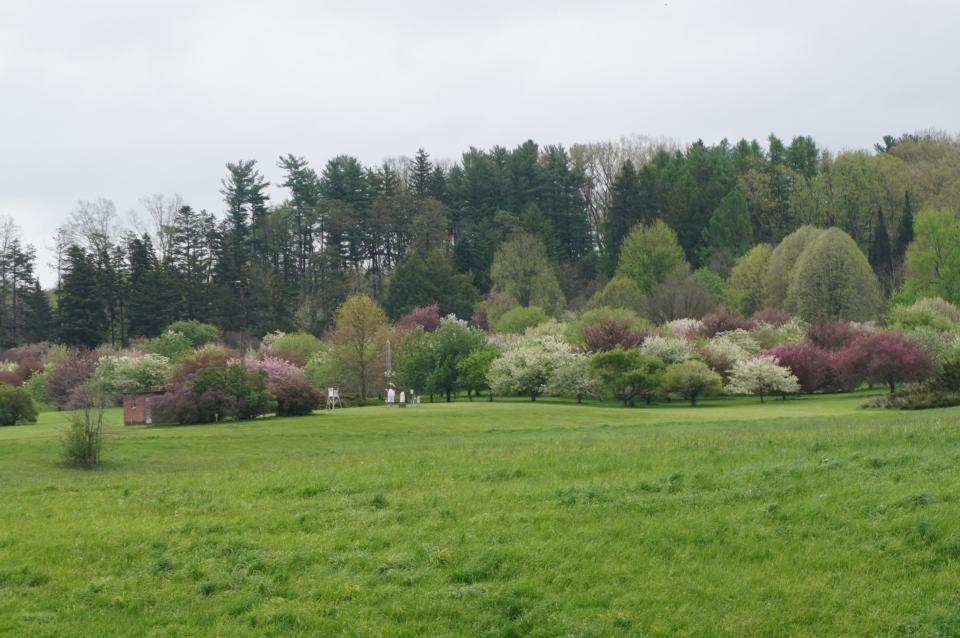
Rose family reunion
Chances are you have read recently about cultivars of Callery pears, such as “Bradford” and others that are “pear-sona non grata” in Ohio, banned for nurseries, garden centers and landscaper additions by next July, completing a five-year phase-out for the commercial green industry. This Asian plant has become quite an unwanted plant for its invasiveness in native plant areas in Ohio and elsewhere. Callery pears were most noticeable everywhere a few weeks ago because of the white flowers.
Pears are not the only member of the rose family (the Rosaceae), flowering recently along roads. Others include native and non-native cherries, mostly native hawthorns, native serviceberries, and, now coming to their flowering finale — crab apples, in pinks, corals and white flowers.
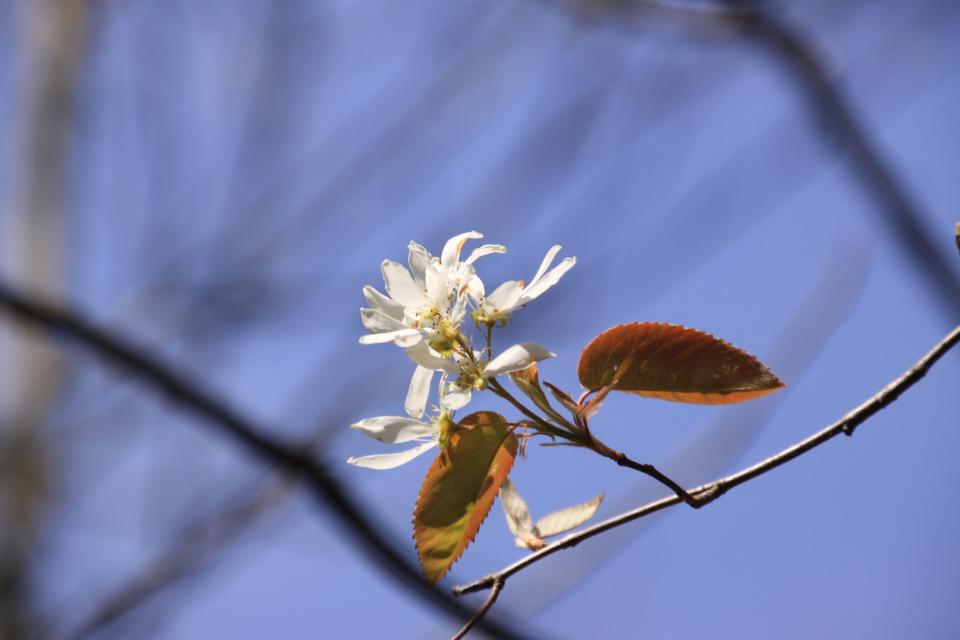
Crab apples are mostly non-native by any definition. What makes crab apples OK and Callery pears not so? Does that make sense? Good questions: Let us explore this a bit in coming weeks.
For now, let’s discuss apples: “As American as apple pie.” Yet, the origin of apples is not the Americas, but rather from the Kazakhstan area near northwest China. Not surprisingly then, that's where most of the world’s apples are grown; according to an article in the March edition of the journal “Plant Disease,” it’s not even close. Using 2019 data, 41 million metric tons of apples were produced in China, almost half of the 87 million metric tons worldwide. Next was the European Union at 11.5 million, followed by the U.S. at 4.8 million tons.
Book note
“Edible Plants: A Photographic Survey of the Wild Edible Botanicals of North America” by Jimmy W. Fike is a lovely book illustrating the art and science of photography and nature, specifically using edible plants as subjects. It is a 13-year project that in the foreword is described as a “protophotographic” study, flattening the plant samples selected into a two-dimensional format and colorizing the edible portions of the plants. As noted by Millee Tibbs in the foreword the images have the feel of a cabinet of curiosity, with the “rich, chiaroscuro of the brightly colored foliage against the black background.”
I have always loved the term “chiaroscuro,” though usually misspelling it, mainly as it refers to noir films and the stark contrast of light and dark, but as it is more formally as a term of this effect by Renaissance painters: think Caravaggio, Rembrandt and the post-Renaissance Vermeer with “Girl With the Pearl Earring.”
As to the edible plants in the book, let us discuss one that I have thought of eating but have never tried.
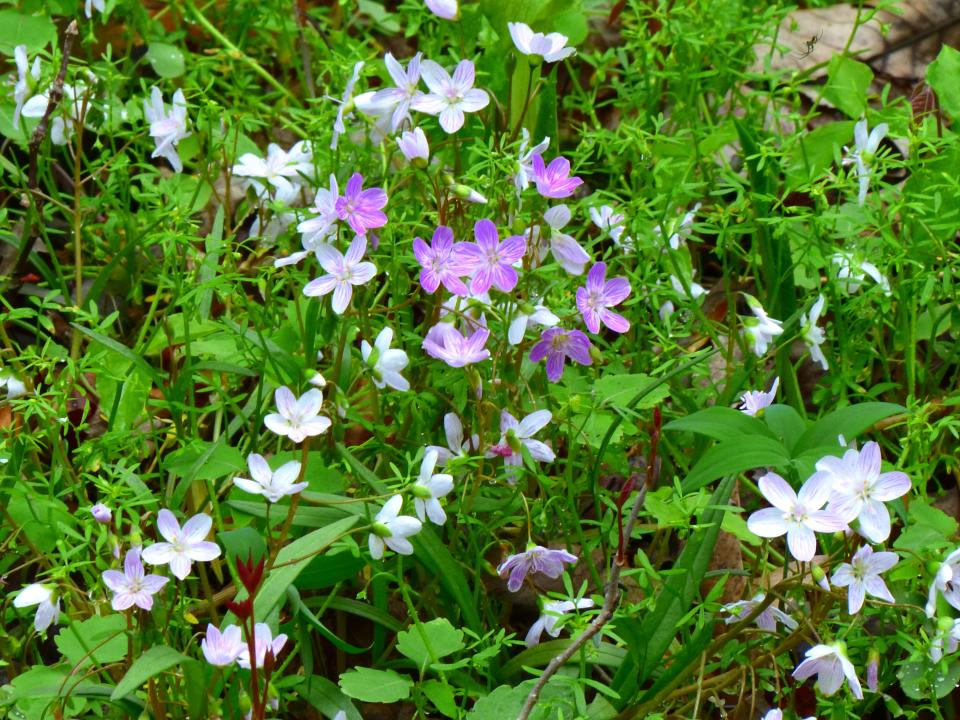
Spring beauty (Claytonia virginica) is a native wildflower. Its delicate flowers of white to rose color and paired grass-like leaves will soon disappear from the scene (except for the surviving perennial roots and crowns) until next spring. Quickly before they are gone — and only if they are plentiful and not in a nature preserve or park but instead, for example, in your backyard — collect the corms (the swollen base of underground stems), boil, add some salt and pepper, and try these “fairy spuds.”
“The greatest delight which the fields and woods minister is the suggestion of an occult relation between man and the vegetable. I am not alone and unacknowledged. They nod to me, and I do to them.” — Ralph Waldo Emerson.
Jim Chatfield is a horticulture educator and professor emeritus at Ohio State University Extension. If you have questions about caring for your garden and other topics, write to chatfield.1@osu.edu or call 330-466-0270. Please include your phone number if you write.
This article originally appeared on Akron Beacon Journal: Spring will soon serve up edible plants like sassafras, mustards, spring beauty

